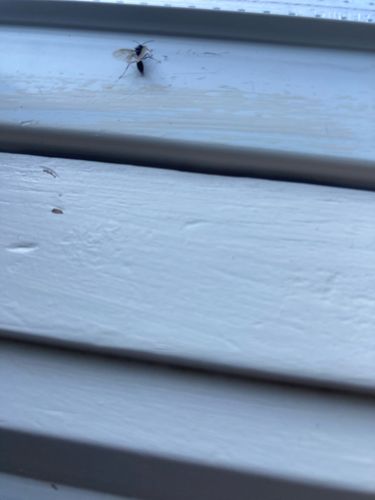Mosquito
Scientific Name: Culicidae (various genera and species, e.g., Anopheles, Aedes, Culex)
Order & Family: Order: Diptera, Family: Culicidae
Size: 3 mm to 9 mm (0.12 to 0.35 inches)

Natural Habitat
Mosquitoes are found worldwide in various habitats, especially near standing water sources such as ponds, marshes, ditches, containers, and even tree holes, as their larvae develop in water.
Diet & Feeding
Female mosquitoes feed on blood to obtain protein for egg production. Both male and female mosquitoes feed on nectar and plant juices for energy.
Behavior Patterns
Mosquitoes are most active during dawn and dusk, though some species bite during the day. Females require a blood meal for egg development, while males feed on nectar. They undergo a complete metamorphosis with four stages: egg, larva, pupa, and adult. Adults are known for their characteristic buzzing sound.
Risks & Benefits
Mosquitoes are significant vectors for numerous diseases globally, including malaria, dengue fever, Zika virus, West Nile virus, and chikungunya. Bites can also cause itchy welts. Benefits include serving as a food source for other animals (e.g., frogs, birds, bats) and minor roles in pollination for some plant species.
Identified on: 8/14/2025